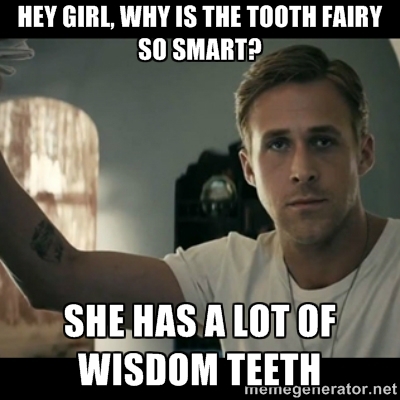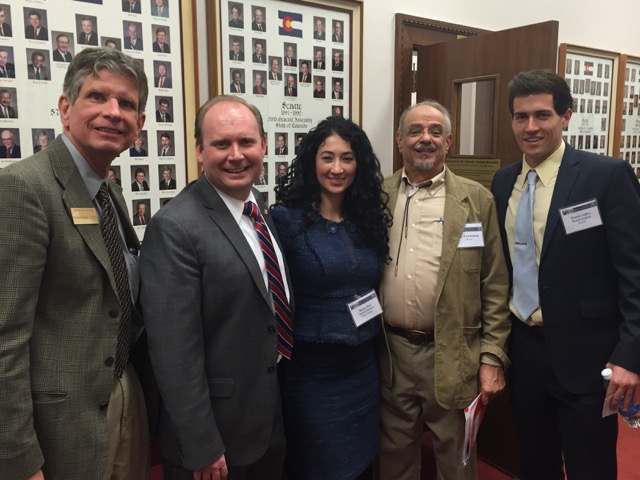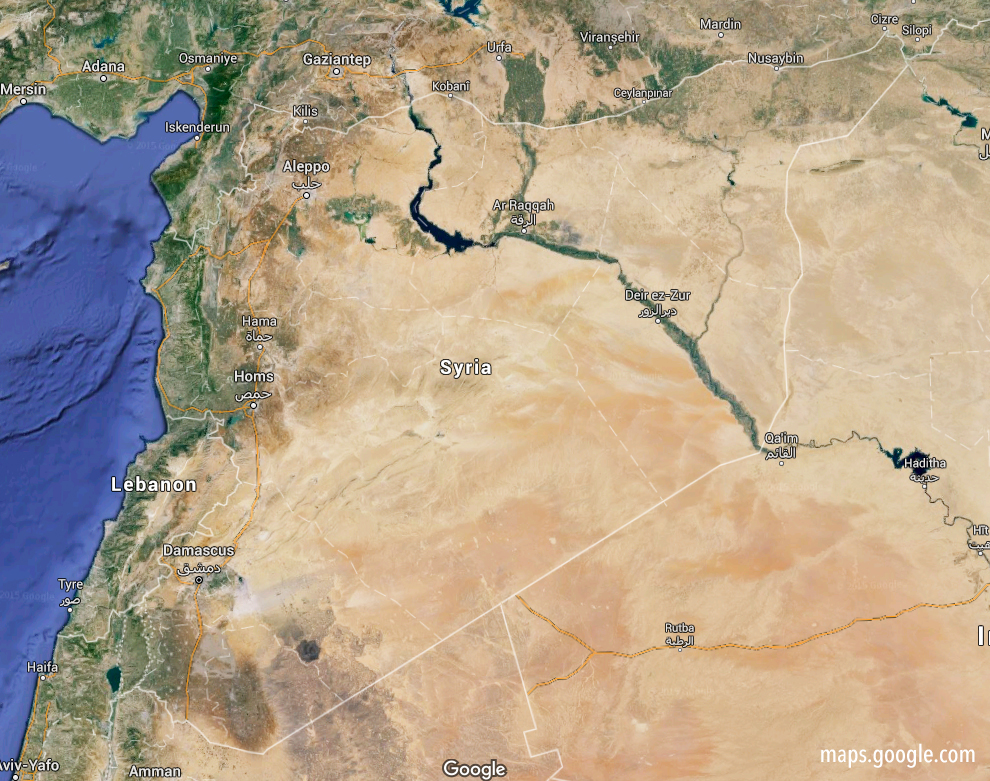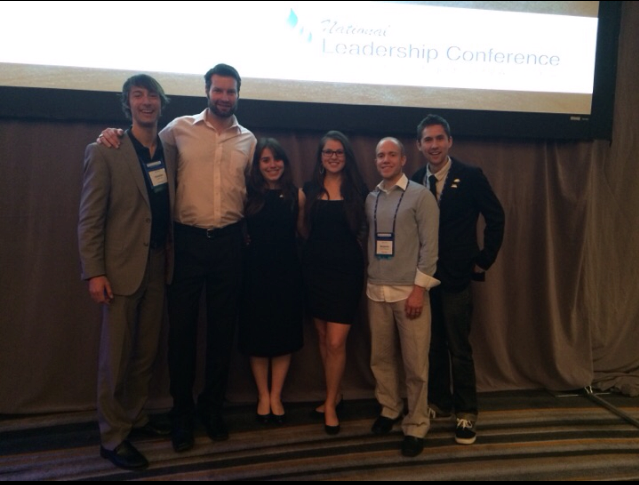I can still vividly recall that fateful day in August of 2010, when my childhood dream of becoming a dentist finally came to fruition, graduating from Islamic International Dental College, Pakistan with a Bachelor of Dental Surgery degree. Like every other dental school graduate, I had worn my white coat many a times during the course of my studies, but donning one as a professional truly filled me with a sense of mission and pride. I was truly excited to become part of a noble system that provided care for people who silently suffered in pain under the presumption that dental health is only secondary. My determination was not only patient care, but to treat them with a sense of compassion, dignity and otherwise bring change to society through education and service. First venture outside the boundaries of dental school brought me to Pakistan Institute of Medical Science (PIMS), thinking what better place to start a career than a hospital with the largest dental department in the city. I was shocked to witness the state of disarray and utter chaos, when I was first introduced to the emergency room. Often illiterate and with minimal financial resources, these patients were usually referred to other departments for lab work, without adequate directions. I could personally feel their sense of vulnerability further heightened by such insensitive however unintentional treatment, from the very individuals that had taken the hippocratic oath.
Bound by crippling poverty and illetracy, dental care for the poor enmass in Pakistan has primarily been relegated to streetside dentists. Albeit a cheaper alternative, these quacks have exacerbated the spread of hepatitis and other bloodborne infections. See the links below, which provides an overview of the services administered by these street side quacks and their impact on the health of those with limited financial means.
Youtube Video: https://www.youtube.com/watch?v=09XY0u0CQOM
BBC Article: http://www.bbc.com/news/world-asia-25370775
My first week of contact, I remember attending to a middle-aged patient complaining of severe discomfort. Further examination revealed a self-cure acrylic prosthesis installed by one of these quack dentists, where the monomer had caused a hypersensitivity reaction, requiring a healing period followed up with fabrication of partial dentures. How could a person be allowed to endure such pain, only because they were unaware or lacked the means (whether financial or accessibility) for proper treatment? Anger eventually gave way to acceptance and I made it my goal to help those in need. Over the course of the next three years serving at public institutions in Pakistan, I witnessed several other incidents of this nature but instead of being demoralized, it gave me the strength and determination to continue my passion of helping those less fortunate.
Living in Pakistan, a country deeply mired in the clutches of corruption and violence has sowed in me the desire to effect major change in the way we manage healthcare for the needy. It must become a priority for all dental professionals including recent graduates, practicing professionals and industry veterans to actively organize and participate in dental awareness campaigns and advocate access to affordable healthcare and medication for the poor across all communities and nations alike.







 At some point, you might have heard the saying, “It’s not who you know, but what you know.” This advice typically refers to networking with others in an effort to learn from professionals in your industry, exchange useful ideas, and perhaps find your dream job.
At some point, you might have heard the saying, “It’s not who you know, but what you know.” This advice typically refers to networking with others in an effort to learn from professionals in your industry, exchange useful ideas, and perhaps find your dream job.





